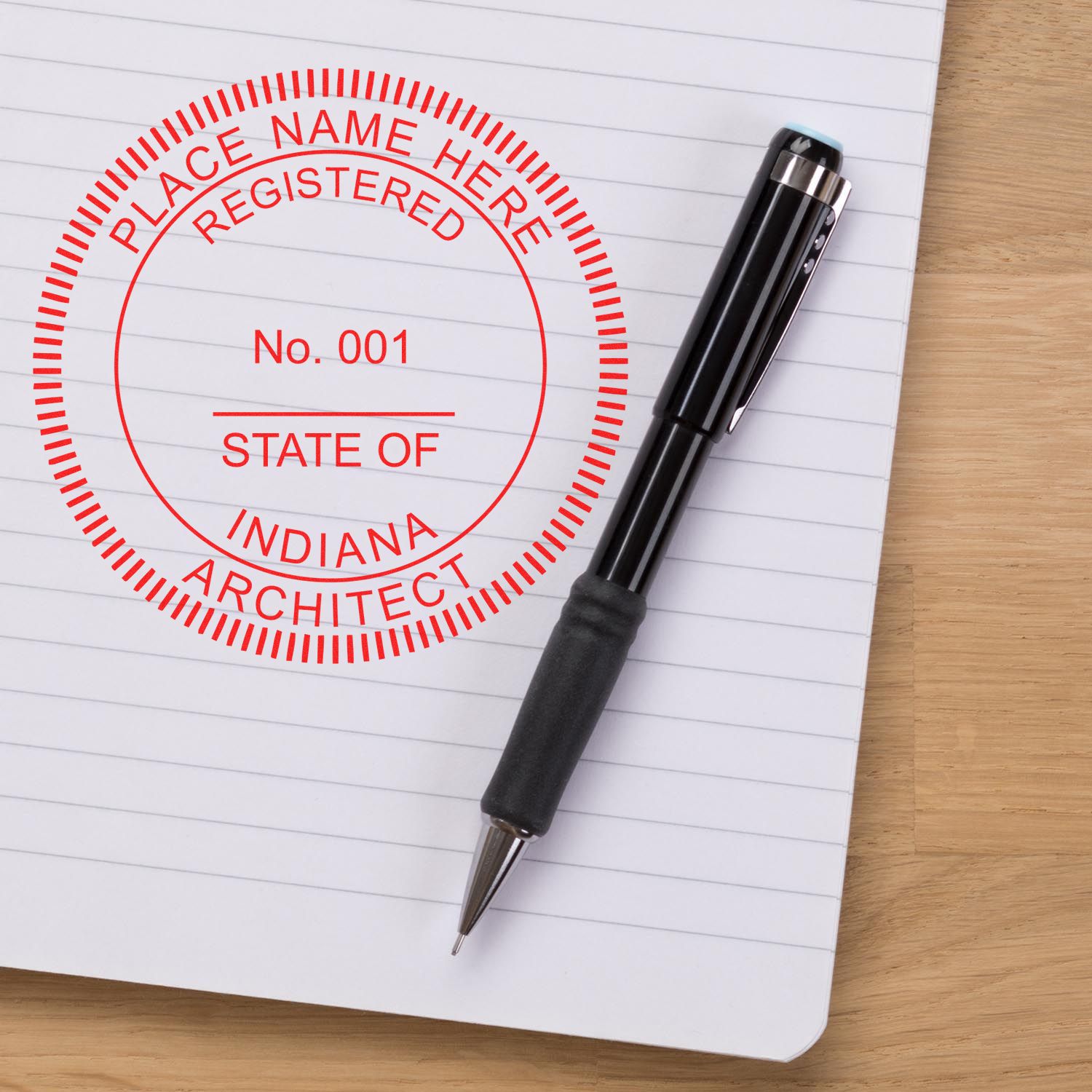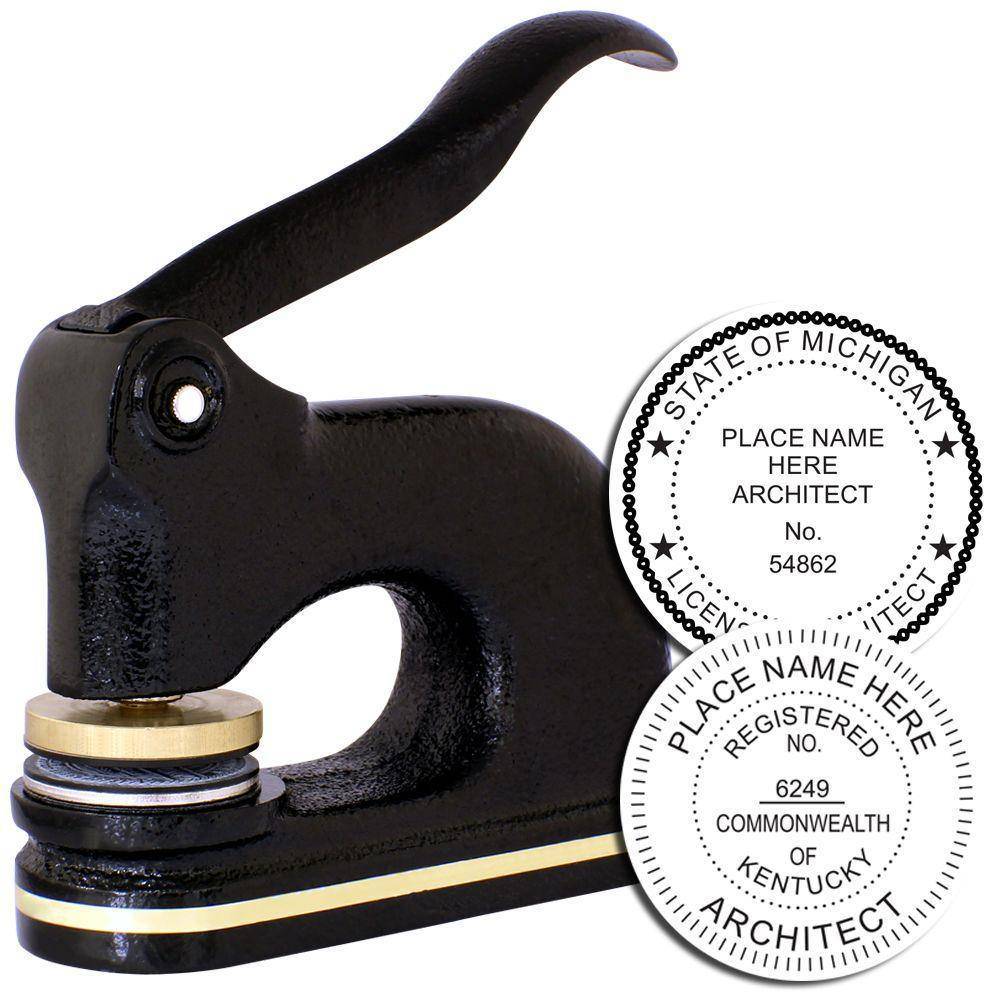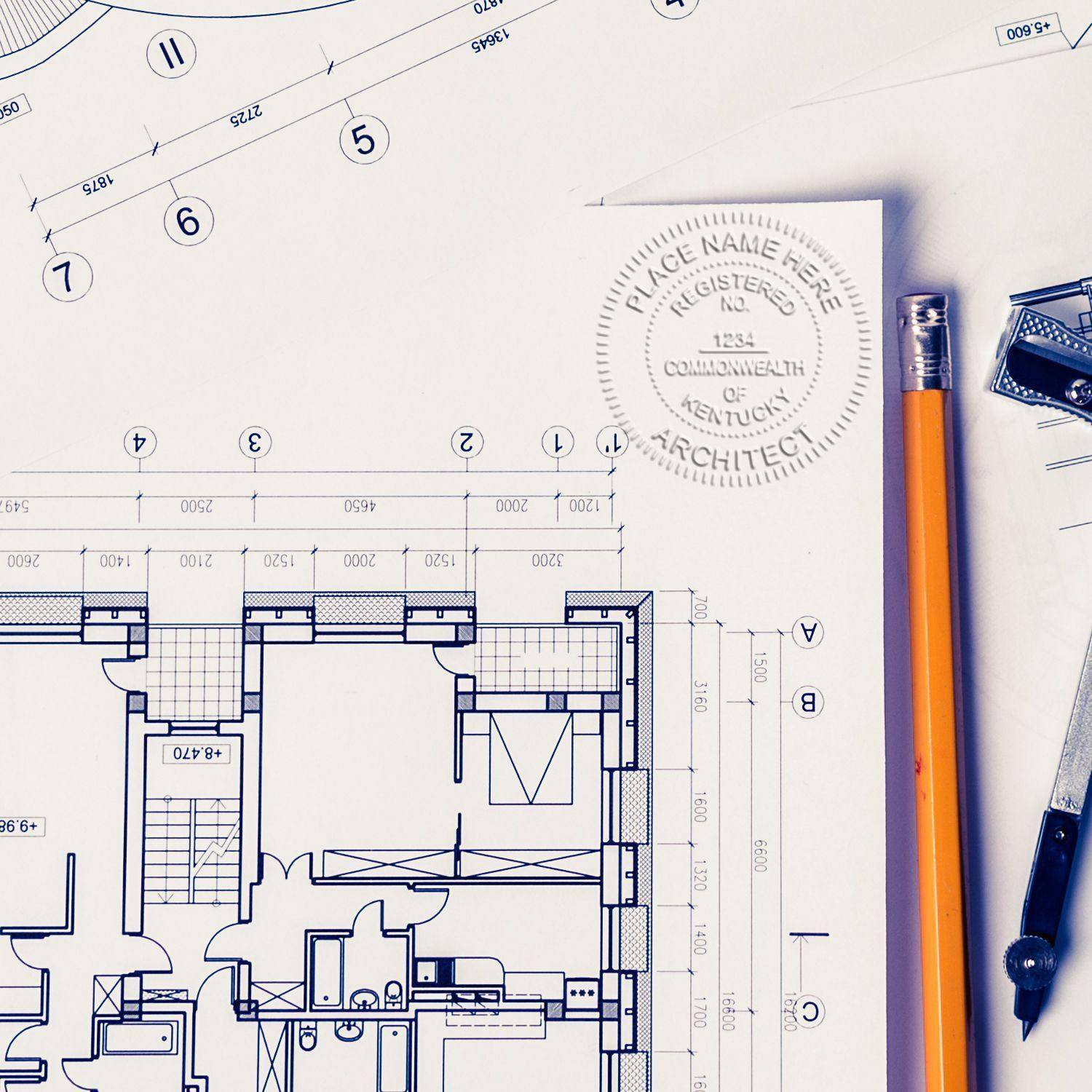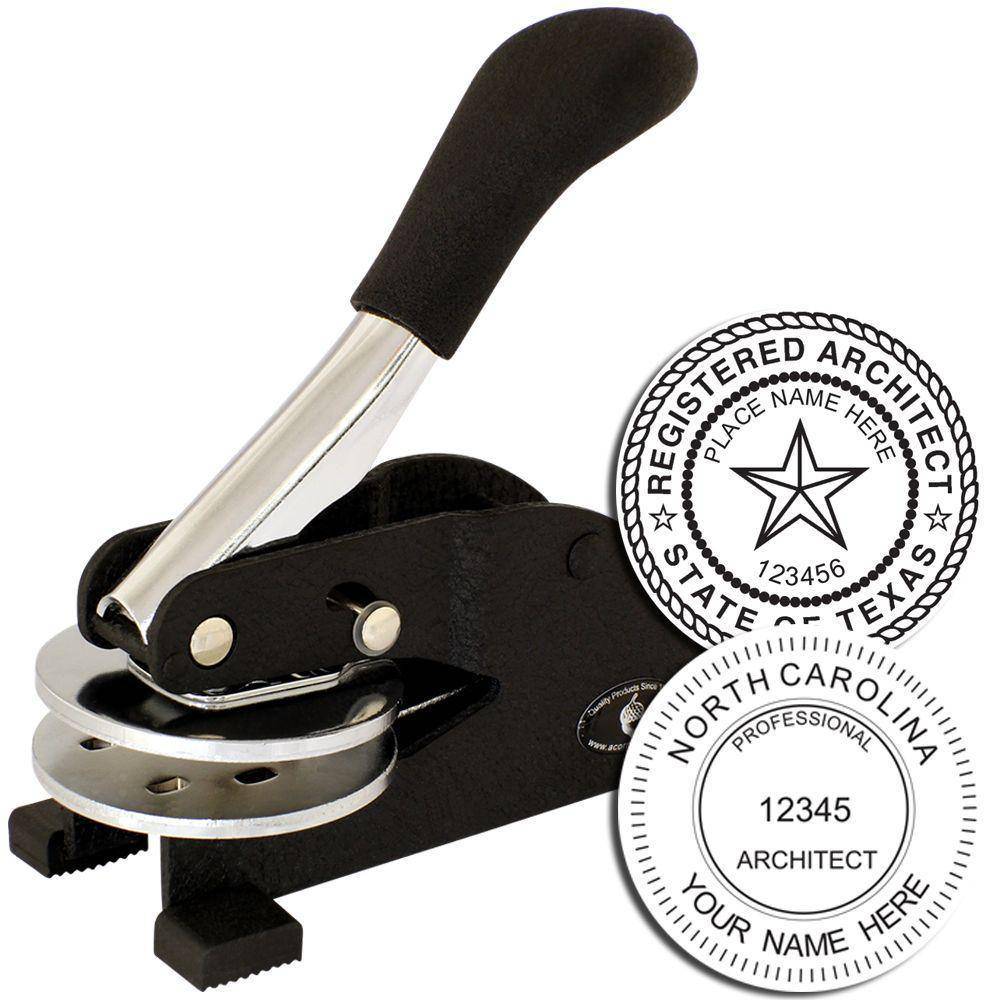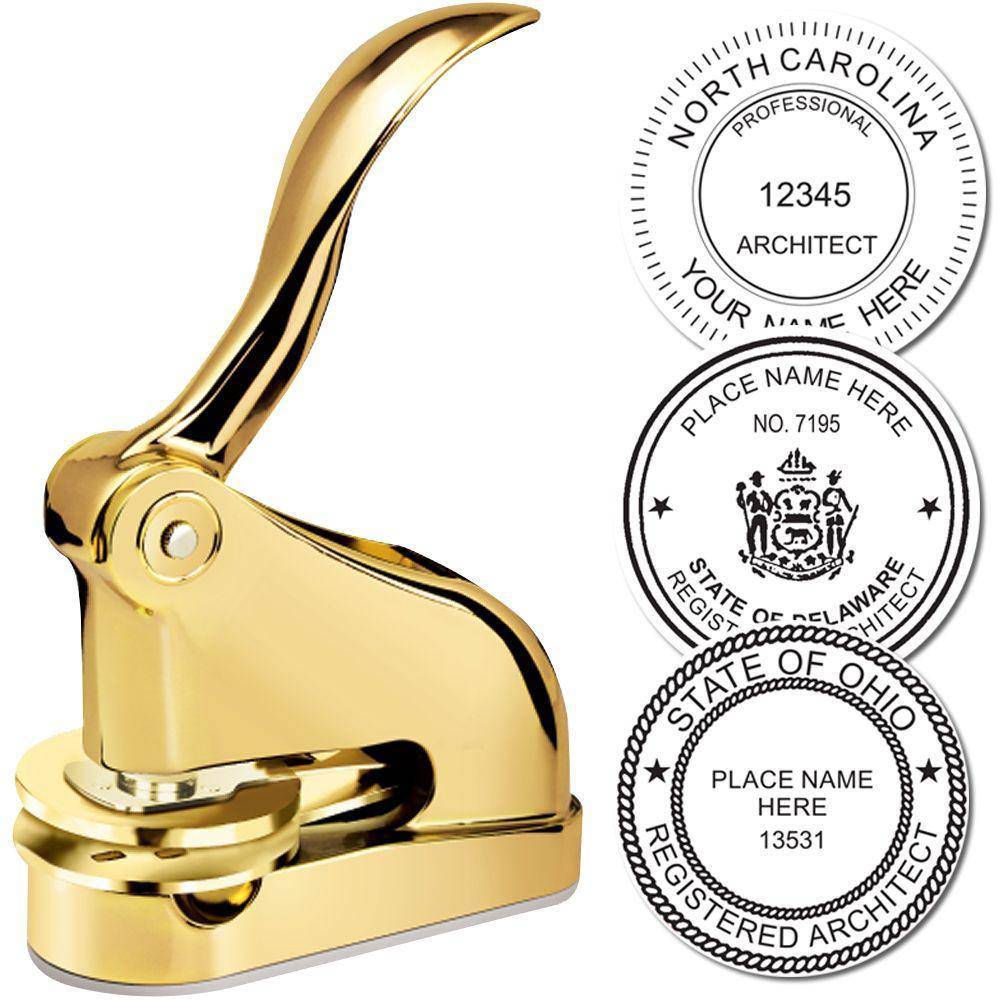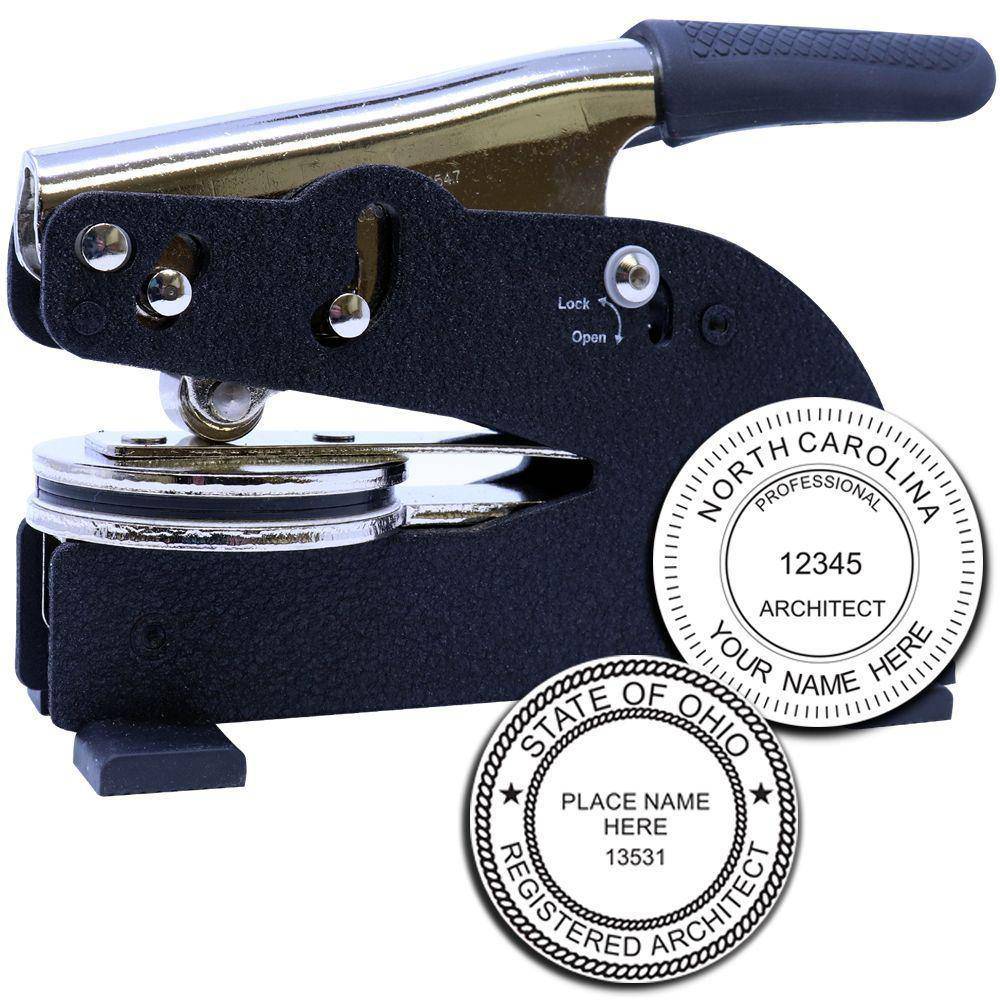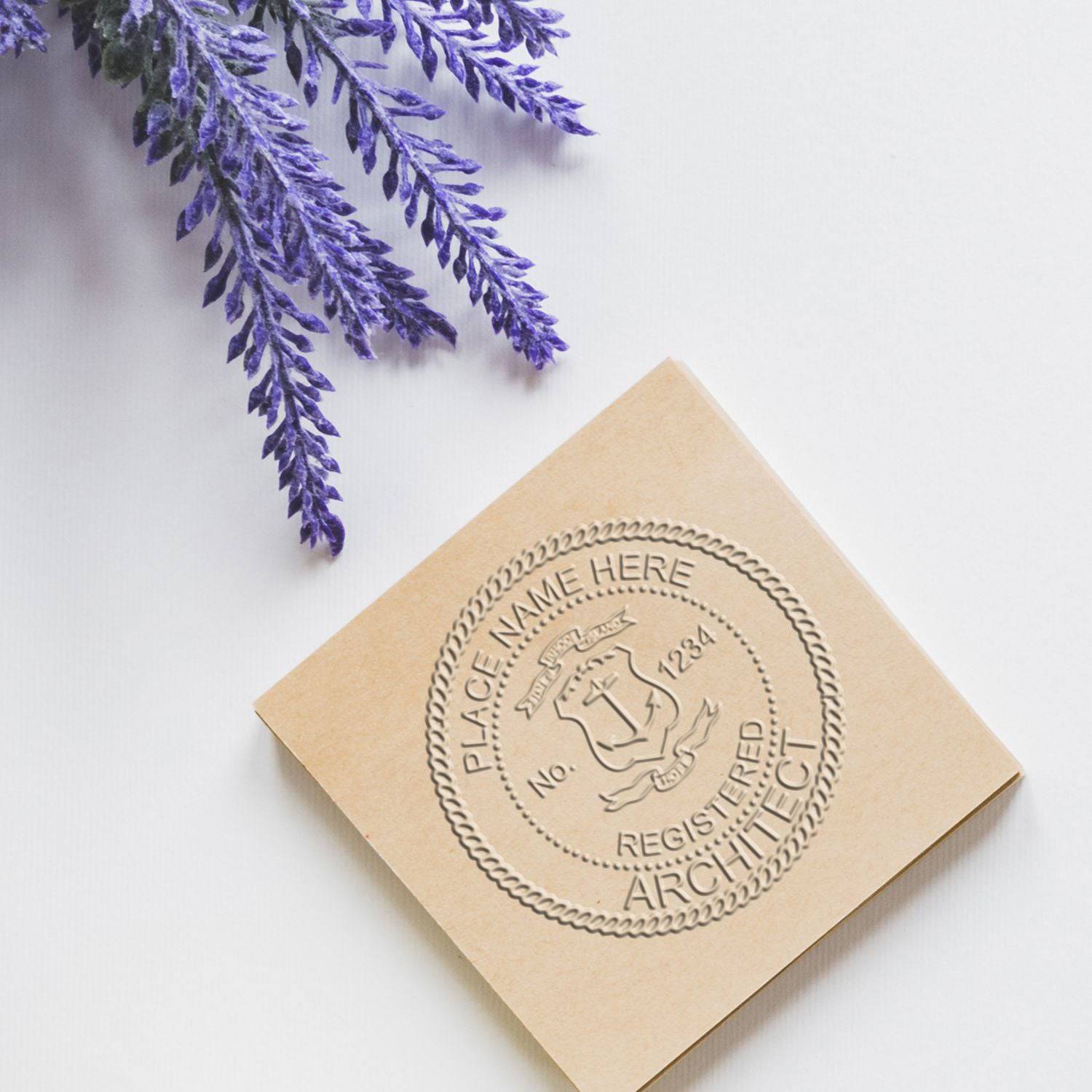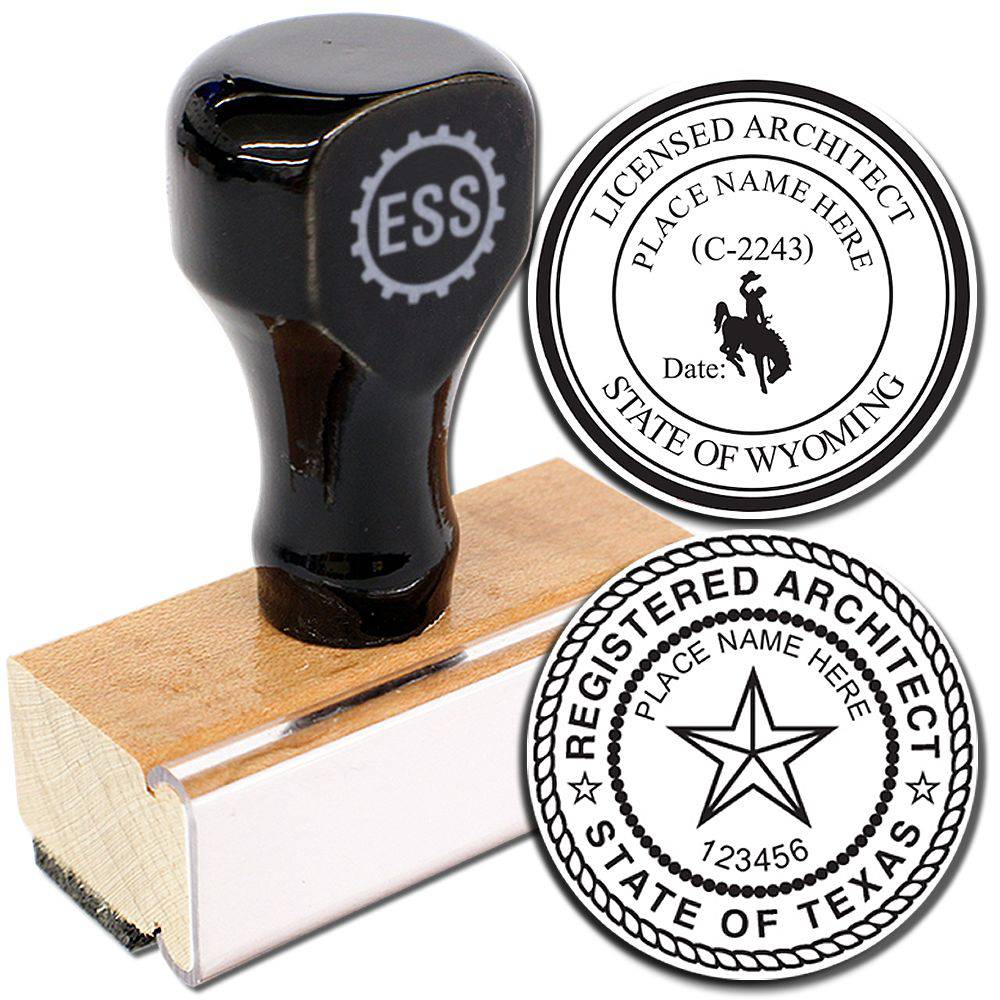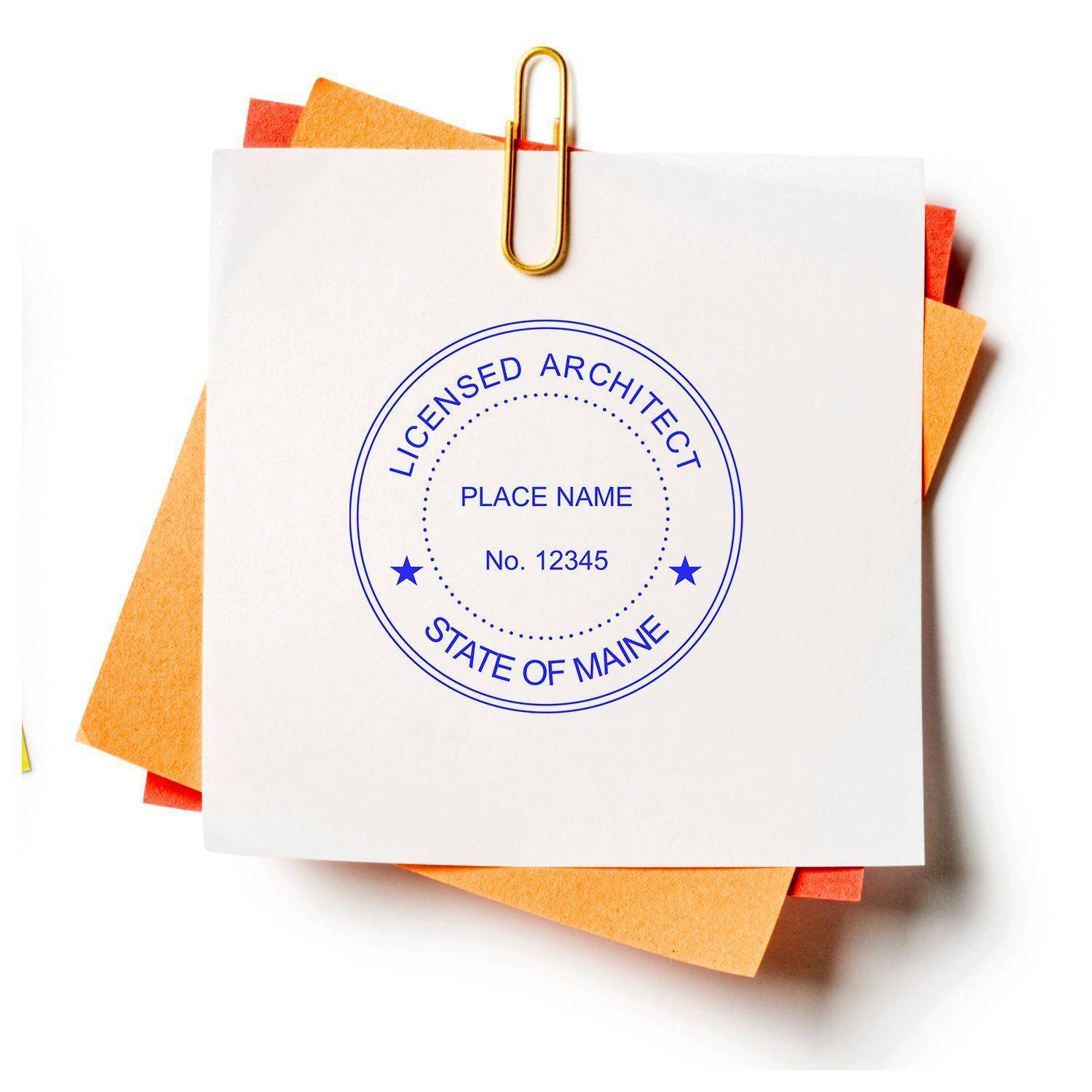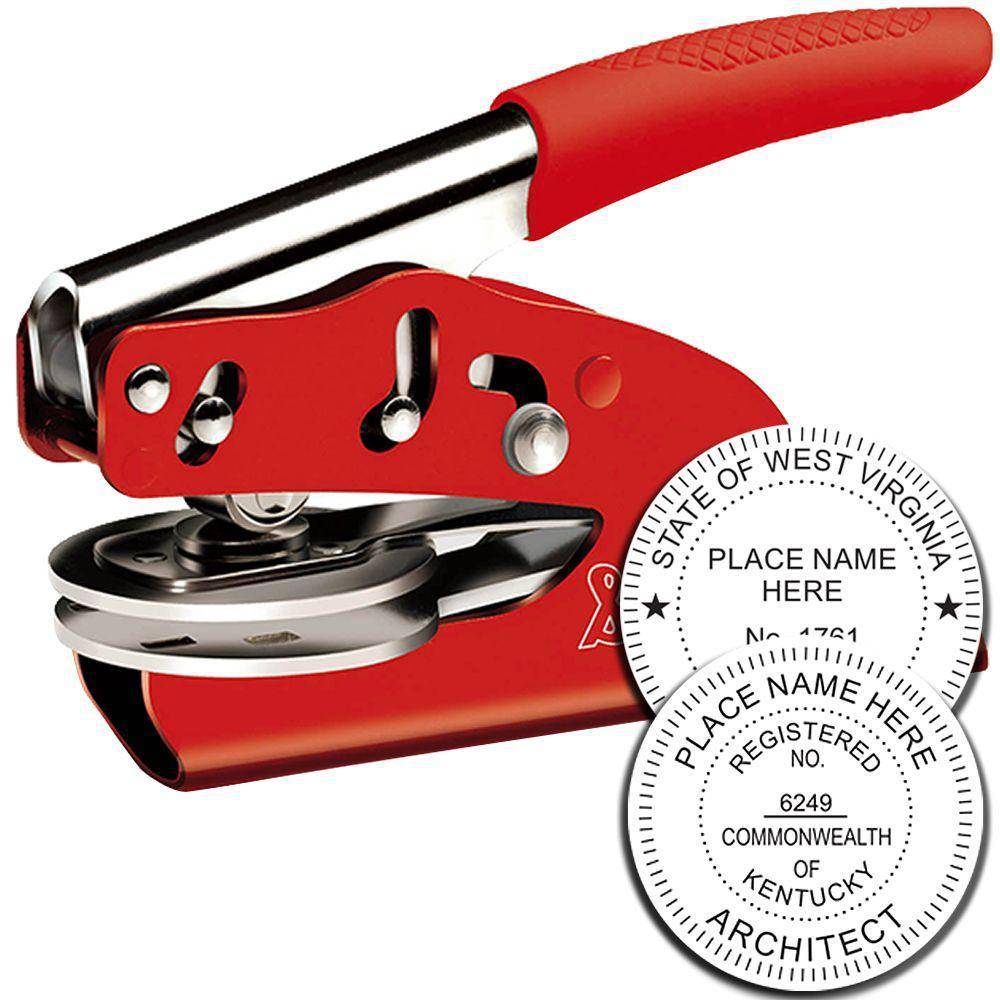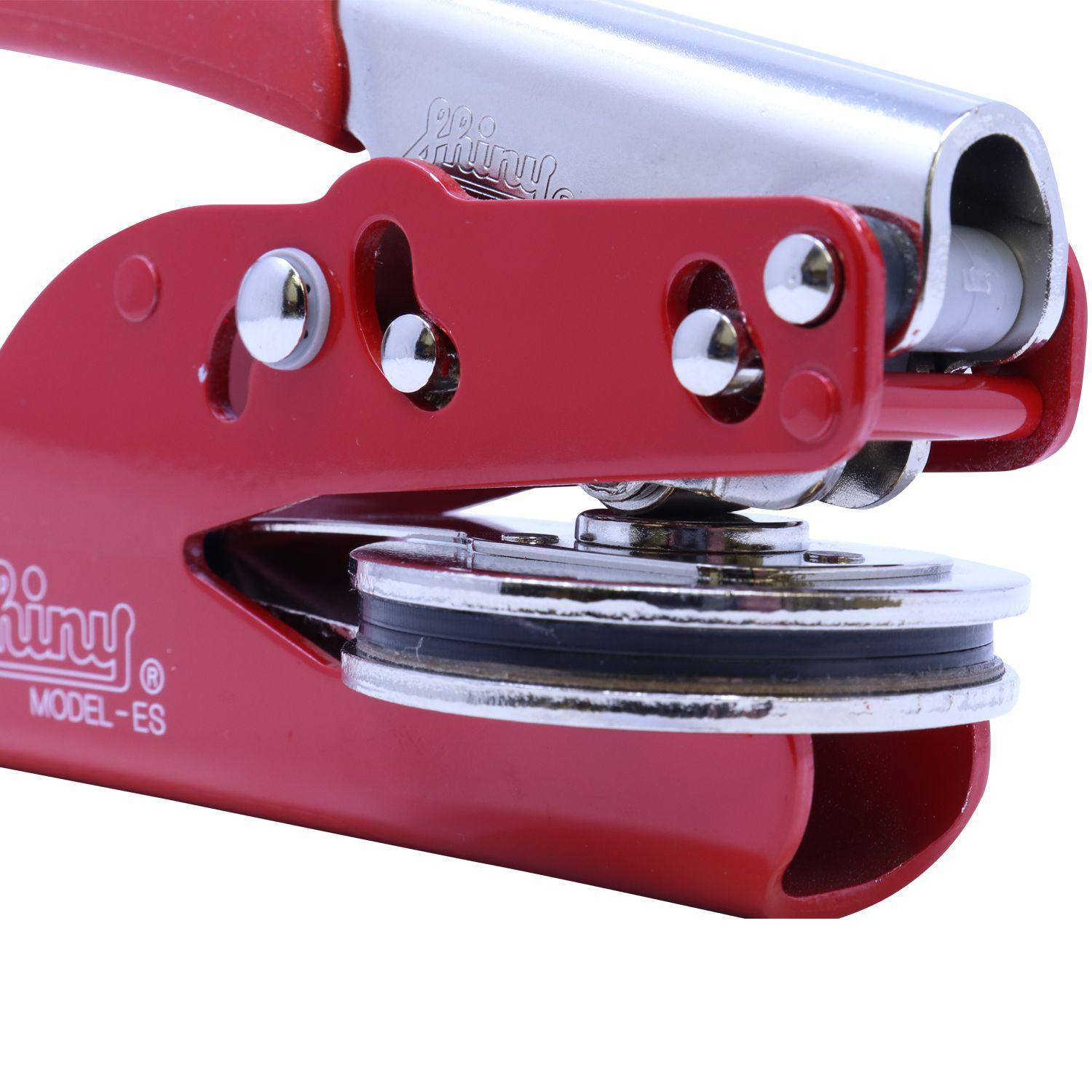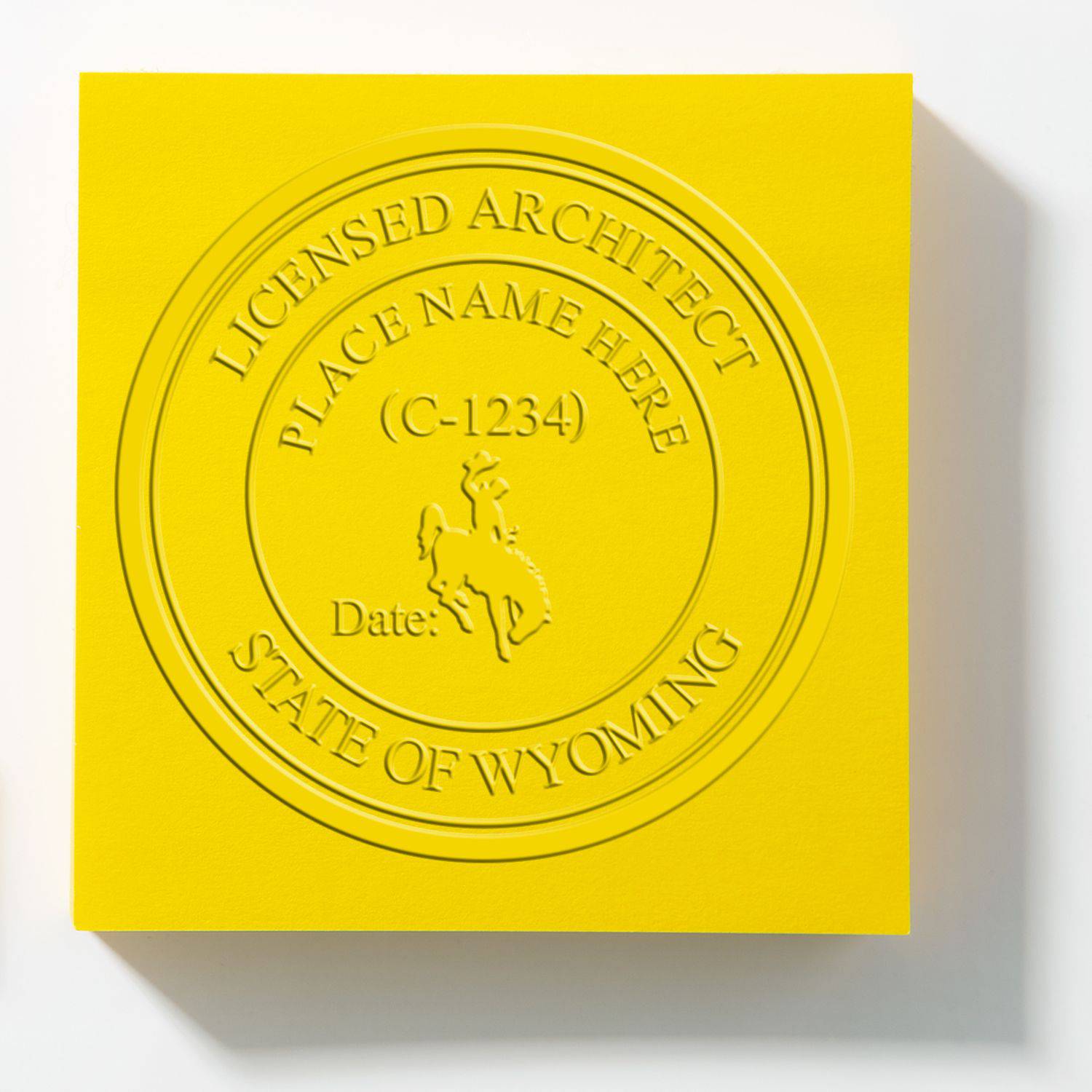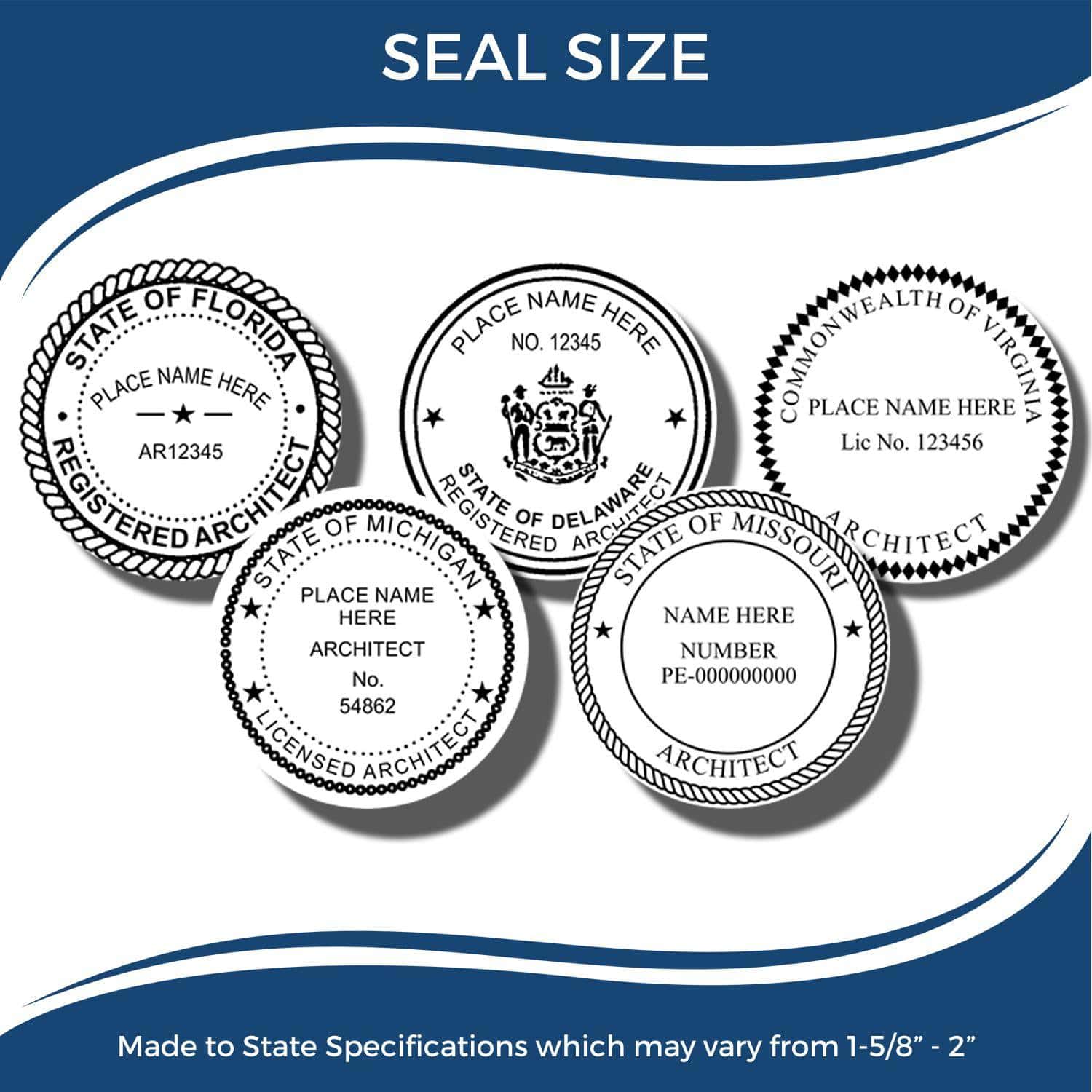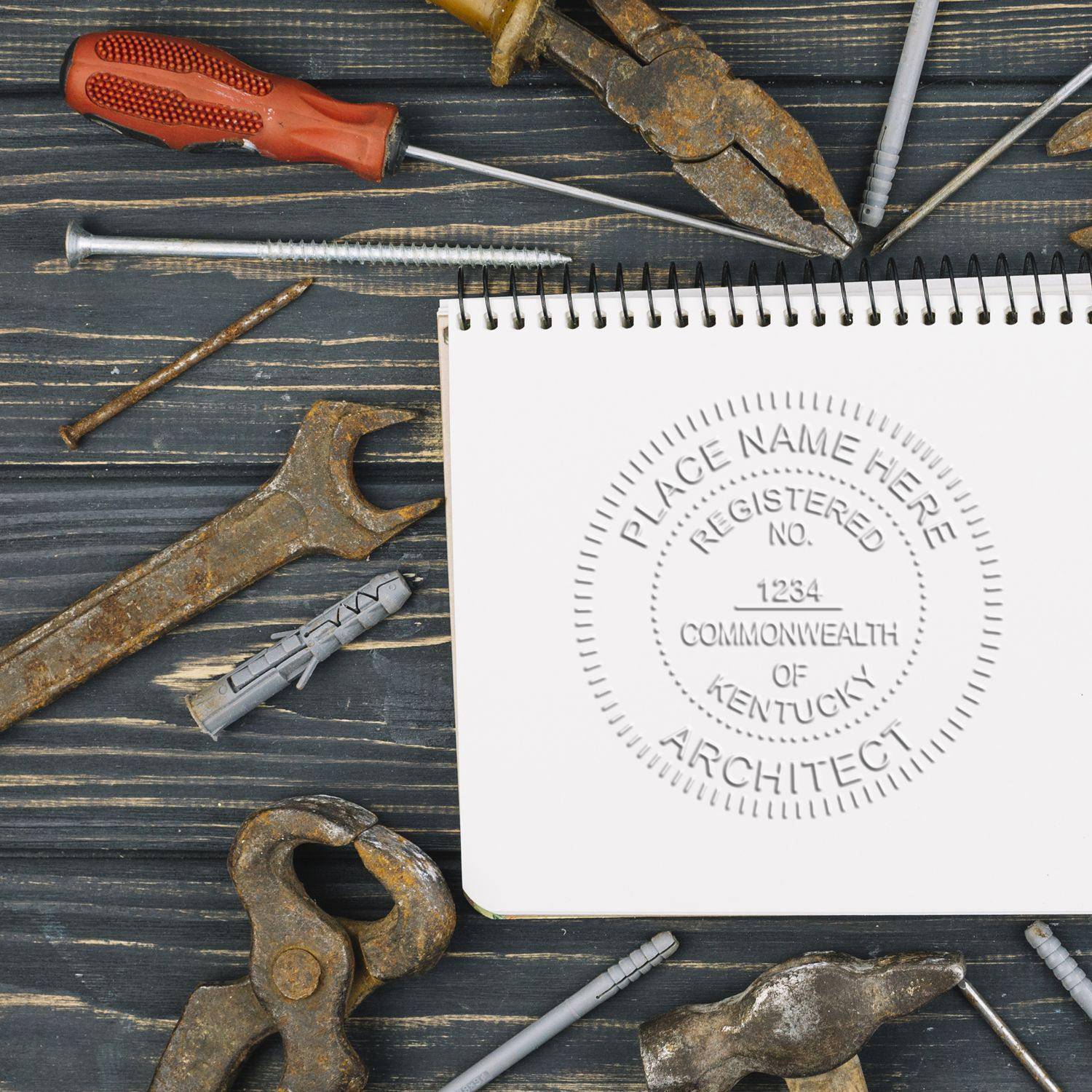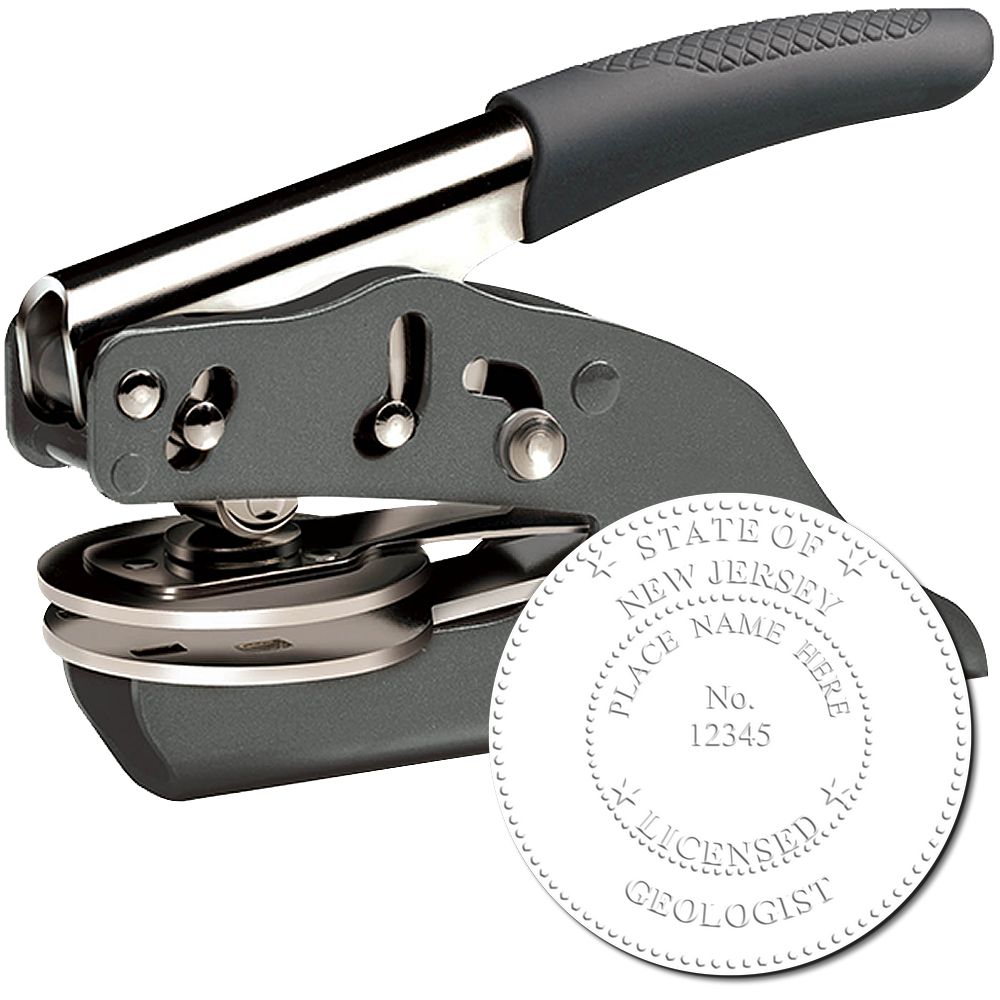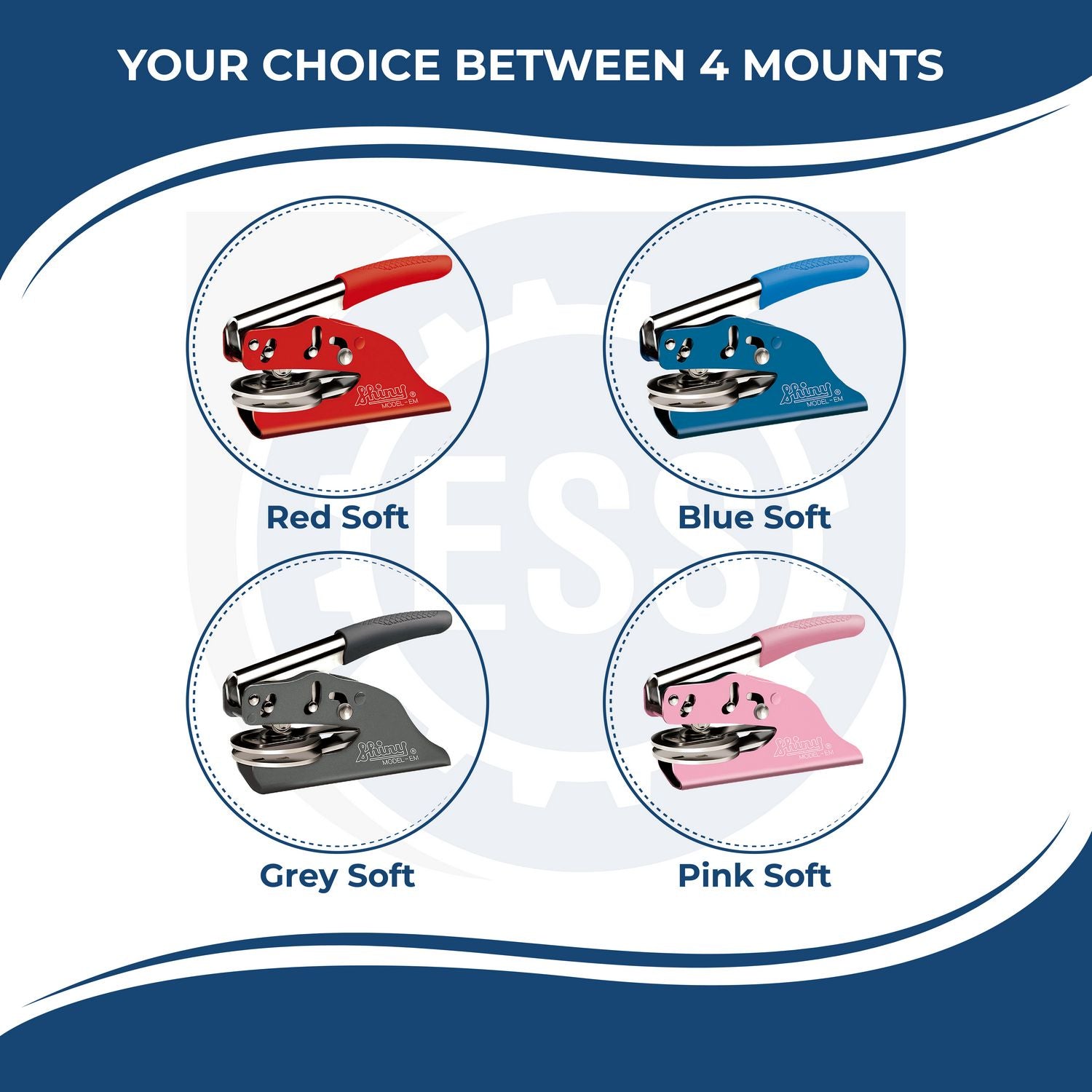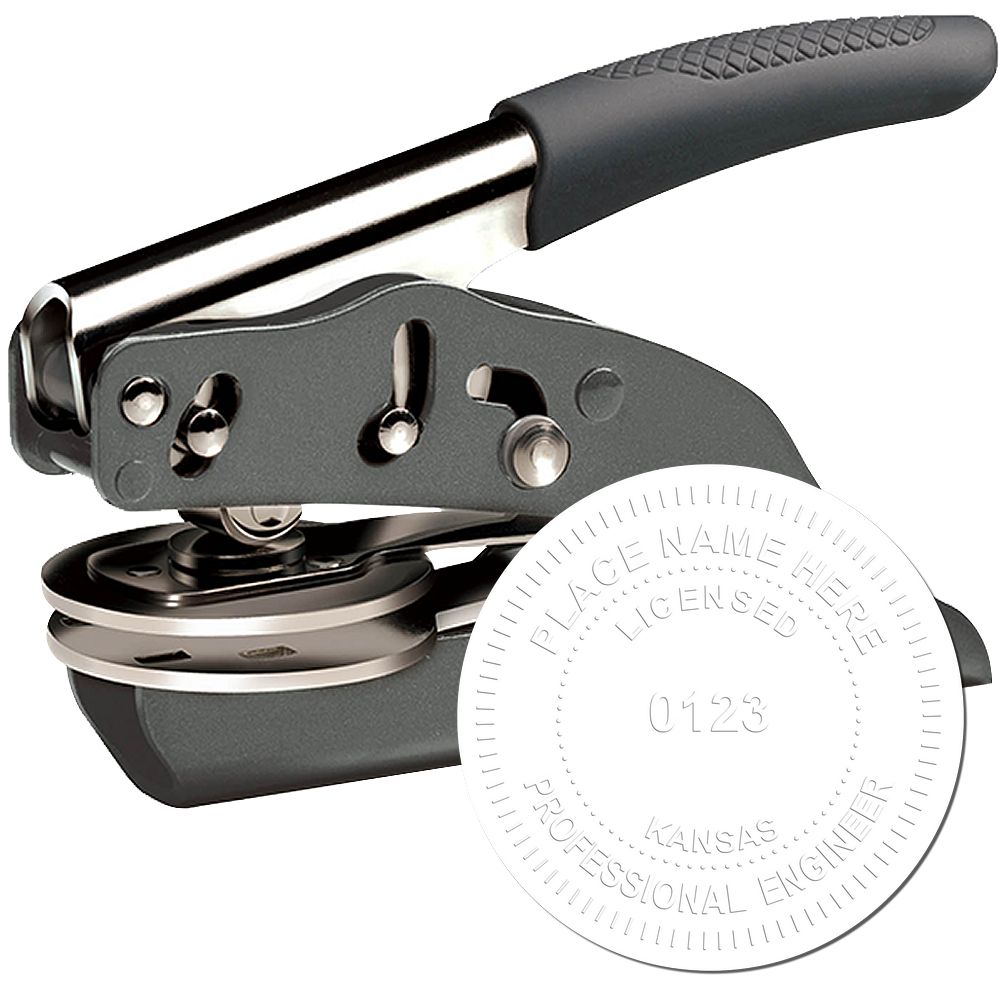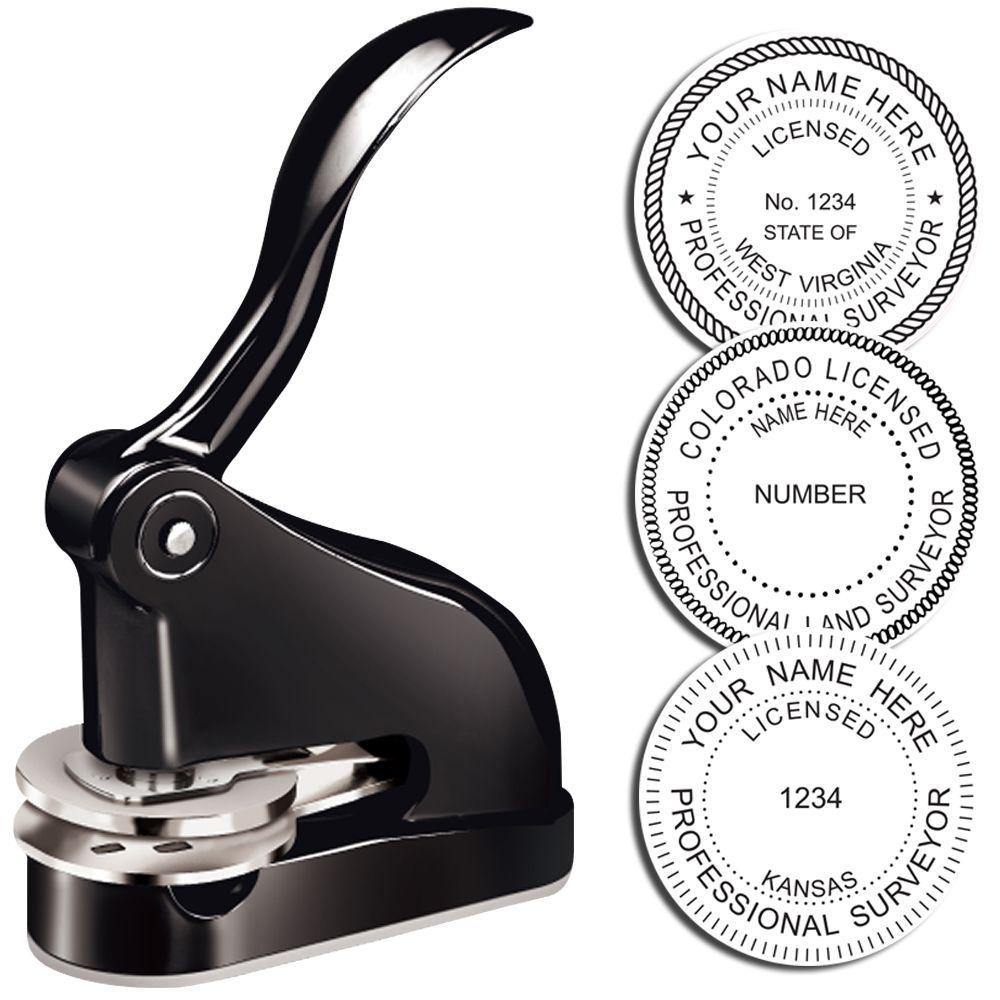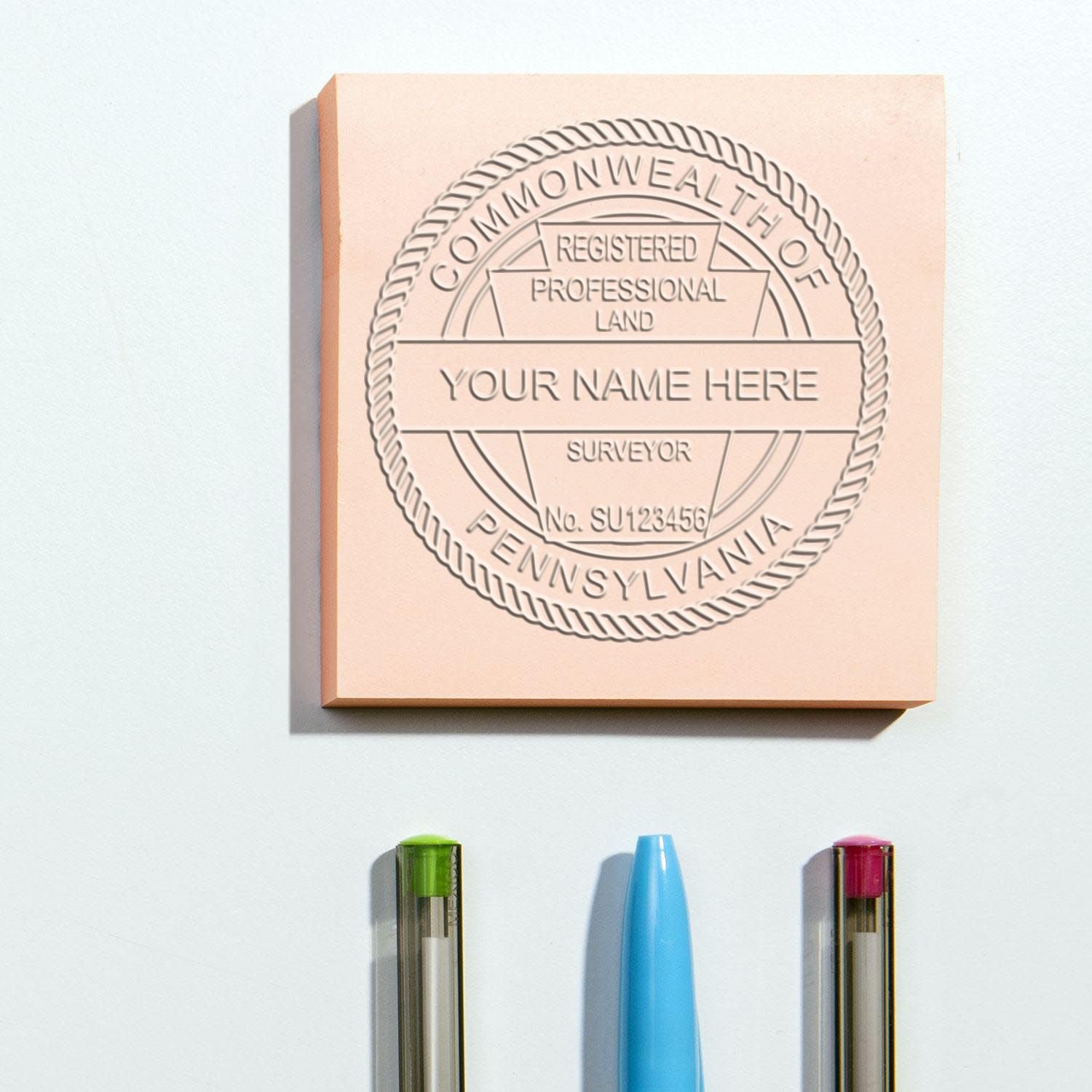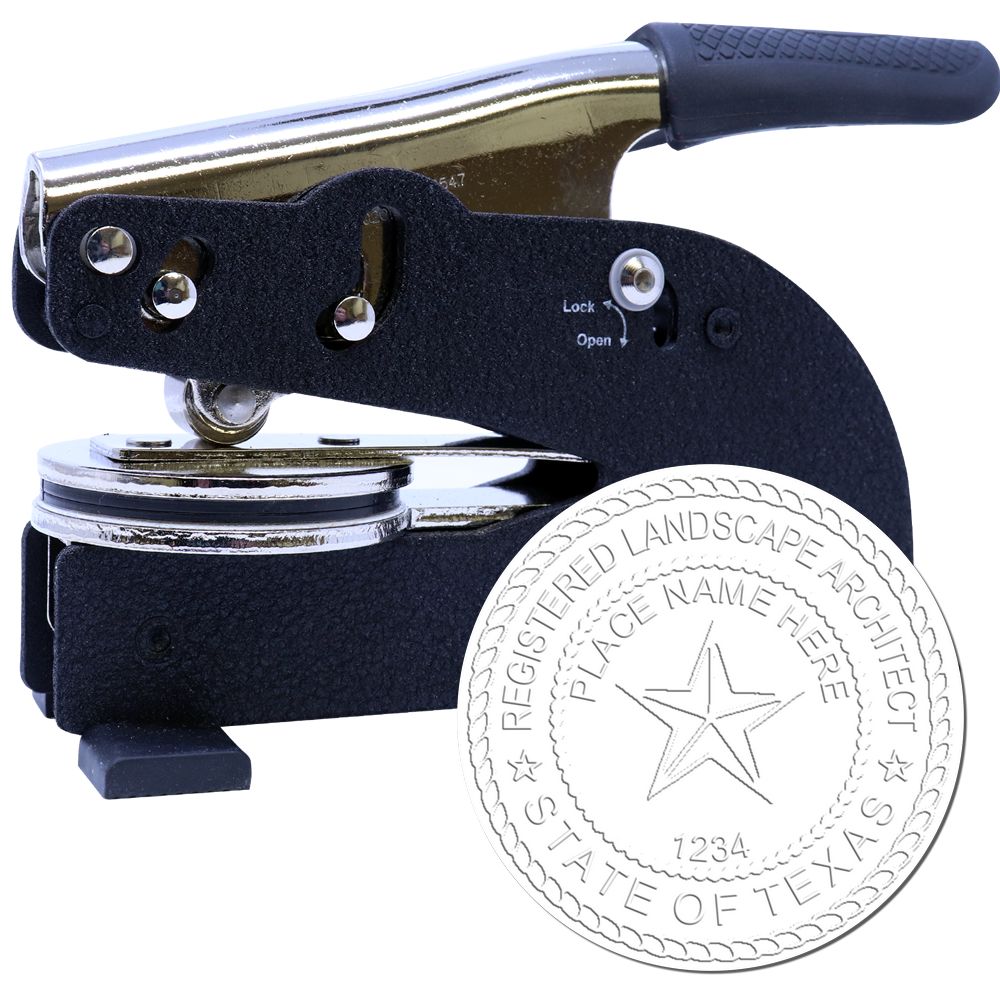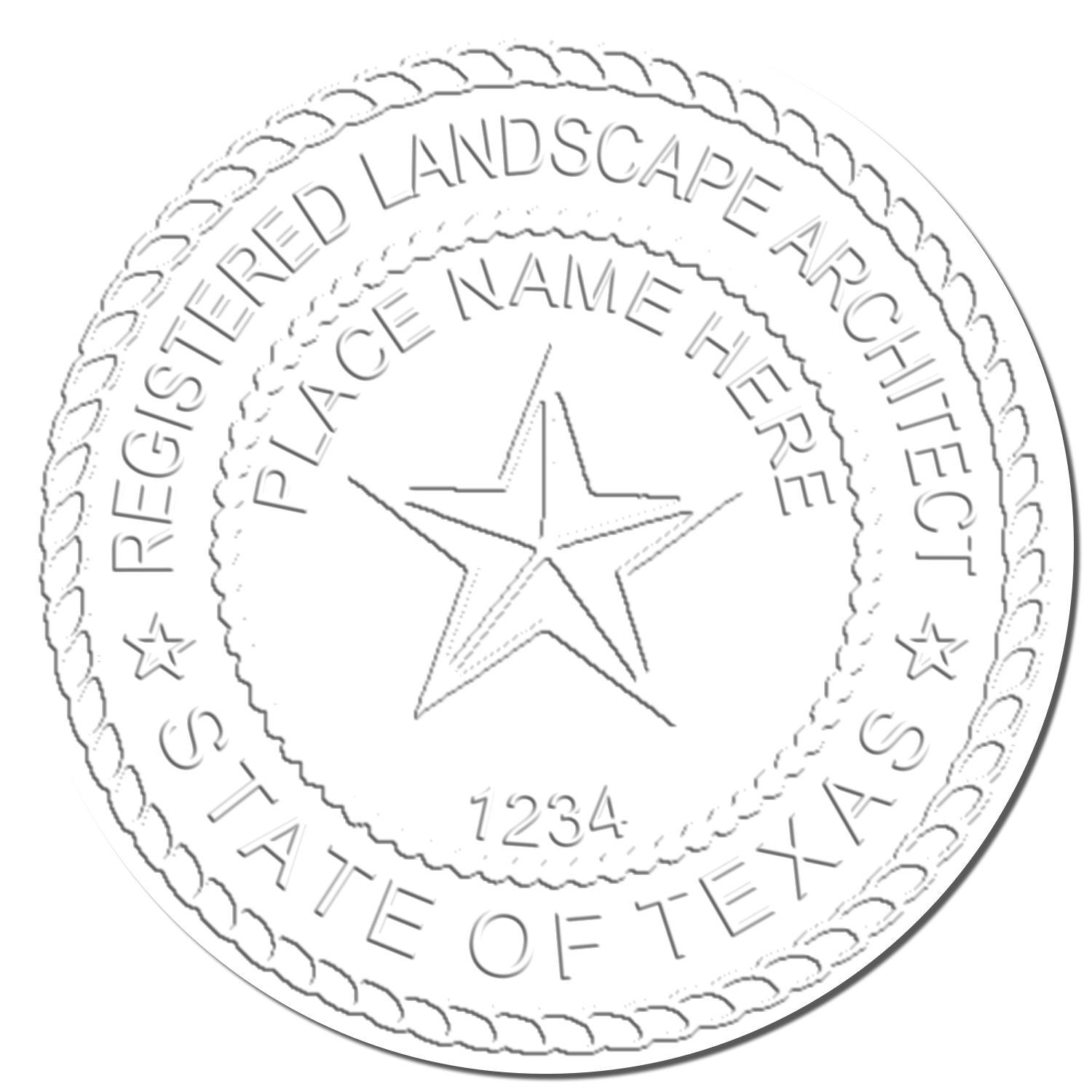Importance of Architect Stamps
In the field of architecture, certain tools carry an importance that goes beyond their basic utility. One such tool is the architect stamp. These stamps hold significant value in the architectural process and are subject to legal requirements.
Role of Architect Stamps in Architectural Work
Architect stamps serve as an official seal of approval on architectural drawings and documents. They signify that the work has been created by a licensed architect and meets the necessary professional standards.
The stamp represents the architect’s authority and credibility, ensuring that the design plans adhere to local building codes and regulations. Additionally, they provide a layer of legal protection, as any plan bearing an architect's stamp is deemed to be technically sound and safe for construction.
In essence, an architect stamp is a mark of quality, assurance, and professional accountability. For an array of well-crafted architect seals you can check our collection online.
Legal Requirements for Architect Stamps
Legal requirements for architect stamps vary from state to state. However, in general, any architectural plan, drawing, or document submitted for construction or permitting purposes must carry the stamp of a licensed architect.
The stamp typically includes the architect's name, license number, and the state of licensure. Some states may have additional requirements regarding the size, shape, and information included on the stamp. Architects must ensure their stamps comply with these state-specific regulations.
| State | Stamp Requirements |
|---|---|
| California | Architect's Name, License Number, State of Licensure, Expiration Date |
| New York | Architect's Name, License Number, State of Licensure |
| Texas | Architect's Name, License Number, State of Licensure, Expiration Date, Seal of the State |
For architects practicing in multiple states, it may be necessary to have separate stamps for each state, as the requirements can differ. You can find more details about the specific requirements for architect stamps in our article on architect seal requirements.
It's essential for architects to understand the significance of architect stamps in their work, and to ensure that their stamps meet all legal requirements. This not only validates their work but also upholds the integrity of the profession. As such, architect stamps are more than just a tool; they are a symbol of professionalism and accountability.
Understanding Different Types of Architect Stamps
In the field of architecture, architect stamps are an essential tool for certifying and approving architectural plans and drawings. There are several types of architect stamps available in the market, each with its unique features. This section aims to provide an overview of three primary types: traditional rubber stamps, pre-inked stamps, and self-inking stamps.
Traditional Rubber Stamps
Traditional rubber stamps are the most basic type of architect stamps. They feature a simple design with a rubber stamp face attached to a wooden handle. These stamps require a separate ink pad, which allows architects to easily switch between different ink colors if needed.
The main advantage of traditional rubber stamps is their affordability. However, they can be less convenient to use compared to other types of stamps due to the need for a separate ink pad. They might also not provide as crisp and clear impressions as pre-inked or self-inking stamps.
For more information on the ink used for architect stamps, read our article on architect stamp ink.
Pre-Inked Stamps
Pre-inked stamps are a step up from traditional rubber stamps. They contain a reservoir of ink within the stamp itself, eliminating the need for a separate ink pad. This type of stamp is known for its ability to produce clear, sharp impressions with minimal effort.
Pre-inked stamps can be used for thousands of impressions before they need to be re-inked, making them a convenient choice for architects who frequently use stamps. However, they are generally more expensive than traditional rubber stamps.
For a variety of pre-inked stamps, check out our page on custom architect stamps.
Self-Inking Stamps
Self-inking stamps are similar to pre-inked stamps in that they also contain their own ink source. However, these stamps feature a self-contained, flip-down mechanism that inks the stamp face each time it is used. This feature ensures a consistent and clean impression with each use.
Self-inking stamps offer the convenience of not having to manually re-ink the stamp after each impression. This makes them an ideal choice for architects who need to stamp a high volume of documents. Despite being slightly more expensive than traditional rubber stamps, their convenience and efficiency often make them a cost-effective choice in the long run.
For more details on self-inking stamps, visit our article on architect stamp self-inking.
By understanding the different types of architect stamps, architects can make an informed decision about which stamp best fits their needs and preferences. Whether one opts for a traditional rubber stamp, a pre-inked stamp, or a self-inking stamp, it's important to choose a stamp that provides clear, legible impressions and meets the legal standards outlined in the architect seal requirements.
Key Features of Architect Stamps
When looking for an optimal architect stamp, it's important to consider the key features that can affect its functionality and usability. These features include the size and design of the stamp, the material and durability, and the customizability.
Size and Design of the Stamp
The size and design of an architect stamp are crucial factors to consider. The size should be based on the requirements of your stamping tasks and the regulations set by your local jurisdiction. Typically, architect stamps come in varying diameters, depending on the complexity and details of the design.
The design of the stamp should be clear and legible, including the necessary information such as your name, license number, and the state of licensure. Check out our article on architect seal design for more on this aspect.
| Stamp Diameter | Suitable For |
|---|---|
| 1.6" | Basic Information |
| 2.0" | Detailed Information |
Material and Durability
An architect stamp is a professional tool that should last for a long time. Therefore, the material should be robust enough to withstand frequent use without wearing out or breaking.
Typically, architect stamps are made from materials such as rubber, plastic, and metal. Rubber is commonly used for the stamping end, while the handle or body may be made of plastic or metal. Stamps with metal bodies are often more durable but may also be heavier.
To ensure the longevity of your stamp, it's advisable to choose a stamp with a replaceable ink pad. This way, you can simply replace the ink pad when it runs out, rather than having to buy a new stamp. Check out our article on architect stamp ink for more information.
Customizability
The ability to customize your architect stamp is another important feature. A customizable stamp allows you to include all the necessary information required by your state's regulations. Most providers of architect stamps offer customization options, including the ability to add your name, license number, state of licensure, and other details.
Some providers also offer a variety of design options, allowing you to choose a circular or rectangular layout, different fonts, and other design elements. Check out our article on custom architect stamps for more information.
Understanding these key features can help architects make an informed decision when choosing an architect stamp. It's important to remember that while the stamp should be functional and durable, it should also comply with the requirements set by your local jurisdiction. Be sure to check out our article on architect seal requirements for more on this topic.
Choosing the Right Architect Stamp
Selecting the appropriate architect stamp is a crucial aspect of any architect's professional duties. There are several factors to consider when choosing an architect stamp that will best serve your needs, including assessing your requirements, considering the cost, and understanding state regulations.
Assessing Your Needs
The first step in choosing the right architect stamp involves a thorough assessment of your specific needs. Consider the volume of documents that require stamping and the frequency of use. If you frequently use your stamp, a self-inking or pre-inked stamp might be more efficient. For occasional use or for a more traditional feel, a manual rubber stamp could be a suitable choice.
Consider also the level of customizability you require. Do you need to include a specific logo or design on your stamp? Do you require a specific size or shape? If so, you might want to consider custom architect stamps to ensure that your stamp meets all your specifications.
Considering the Cost
Cost is another significant factor to consider when selecting an architect stamp. Prices can vary widely depending on the type of stamp, the level of customization, and the quality of materials used.
| Stamp Type | Cost Range |
|---|---|
| Traditional Rubber Stamp | $10 - $50 |
| Pre-Inked Stamp | $20 - $80 |
| Self-Inking Stamp | $30 - $100 |
While it may be tempting to opt for the cheapest option, remember that a higher quality stamp may last longer and deliver more consistent results, potentially saving you money in the long run.
Understanding State Regulations
Each state has its own regulations regarding the use of architect stamps, and it's vital to understand these rules before making your purchase. For example, some states require specific information to be included on the stamp, such as your license number, while others may dictate the size or shape of the stamp.
Consult your state's architectural licensing board for information on stamp requirements, or visit our article on architect seal requirements for a comprehensive overview.
In conclusion, choosing the right architect stamp involves careful consideration of your needs, budget, and state regulations. By taking the time to assess these factors, you can ensure that you select a stamp that not only fulfills your professional obligations but also enhances the efficiency and professionalism of your architectural work.
Maintaining Your Architect Stamp
Your architect stamps are essential tools of the trade. However, they require regular maintenance to ensure they remain in good working condition and continue to produce clear and precise impressions. This section will cover the proper cleaning and storage of your architect stamp, discuss its lifespan and replacement, and offer troubleshooting tips for common issues.
Proper Cleaning and Storage
Over time, ink residue and dust can build up on your architect stamp, affecting the quality of the impressions it makes. Regular cleaning is essential to keep your stamp functioning optimally. Use a damp cloth to gently clean the stamp's surface, ensuring all ink residue and debris are removed. Allow it to dry completely before using it again or storing it.
For storage, keep your architect stamp in a cool, dry place, away from direct sunlight. This helps to prevent the ink from drying out and the stamp material from getting damaged. If you're using a self-inking stamp, ensure the cap is securely placed after each use to prevent the ink from drying out. For more on the different types of architect stamps, refer to our article on architect stamp self-inking.
Lifespan and Replacement
The lifespan of your architect stamp largely depends on the frequency of use and how well it is maintained. On average, a well-cared-for architect stamp can last several years before needing replacement.
However, if you notice the quality of the impressions deteriorating or the stamp material showing signs of wear and tear, it might be time for a replacement. Remember, your professional image is represented through these impressions, so it's important they remain clear and professional. You can find a selection of quality professional architect seals on our website.
Troubleshooting Common Issues
At times, you may encounter issues with your architect stamp. Here are solutions to some common problems:
- Blurry impressions: This could be due to excess ink. Try stamping on scrap paper a few times to remove the extra ink. If the problem persists, it might be time to replace your architect stamp ink.
- Dry impressions: The ink pad may be dry. Refill the ink or replace the ink pad if necessary.
- Uneven impressions: Ensure you're applying even pressure when making an impression. If this doesn't help, the rubber might be worn out and require replacement.
Maintaining your architect stamp isn't a labor-intensive process, but it does require regular attention. By following these simple steps, you can extend the life of your stamp and ensure it continues to make crisp and clear impressions. For more information on architect stamps, check out our article on custom architect stamps.
About ESS
Shopping for high-quality rubber stamps, professional seals and stamps, notary supplies, and custom stamps has never been easier than it is at our family-owned and operated business. With a history dating back to 1964, we have perfected the art of delivering fast turnaround times without compromising on quality. Most custom products we offer are shipped within 24-48 hours of ordering. Plus, we offer free electronic seals with every professional seal purchase.
What truly sets us apart is our commitment to providing unbeatable customer service. We understand that shopping for stamps and seals can seem daunting - that's why our aim is to make your experience as pleasurable and simple as possible. Our team of knowledgeable and friendly experts is on hand to answer any questions you may have and to help guide you through the process of selecting the perfect product for your needs.
Our website is easy to navigate, and we pride ourselves on offering competitive prices without ever compromising on quality. Whether you're a notary public looking for state-approved notary supplies, or a business owner seeking custom-made stamps, we have everything you need to make the process quick and straightforward.
At our business, we believe that trust is essential to any online shopping experience. That's why our focus is on building lasting relationships with our customers by providing high-quality products, unbeatable customer service, and unbeatable prices. With a long history of excellence and a commitment to making online shopping easy and pleasurable, there's no better choice for all your stamp and seal needs than our business.

